Also published at Shapeways Magazine
—–
Sometimes printing multiple copies of a design can make it much more affordable. Shapeways prices depend on many factors, including how much space is taken up in the printers, how much material is used, and other processing considerations. Understanding pricing and then designing to optimize price can make ordering your own prints more affordable, and allow your store products to be more accessible and attractive to customers. In this article we’ll compare the cost of printing items individually and in bulk, and show how to efficiently stack and loop objects for inexpensive bulk printing.
Printing single copies in Versatile Plastic
The cost of printing a model in Versatile Plastic depends on material volume, machine volume, production costs, and, most importantly for this article, number of parts. It costs time, labor, and money to process and handle each printed part, even if it is very small, so Shapeways requires a minimum price of $5.00 per part to print this material in Natural White. For more information about model pricing, including for other materials, check out the Shapeways Help Center article How are Prices Calculated?
Note that per-part minimum costs are not always charged for every part; instead they are minimum costs per part. For a small model, the cost of the printing material and machine space might be less than that minimum per-part price, in which case your design would just cost the minimum cost. Here’s a small pentagon-shaped model with that minimum cost:
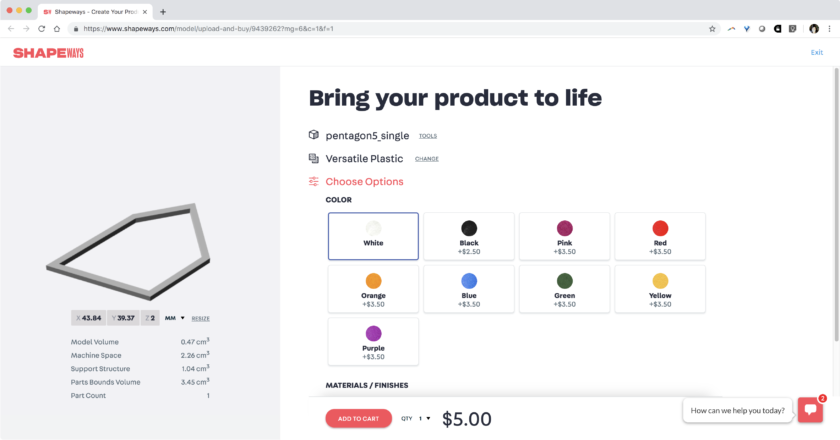
It turns out that a model that is essentially six of these small pentagons glued together costs just 15 cents more than the single unit. In this case the printing material and machine space just barely exceeded the minimum cost, so the cost of the object is just based on material and machine space, and there is no need to apply the per-part minimum:
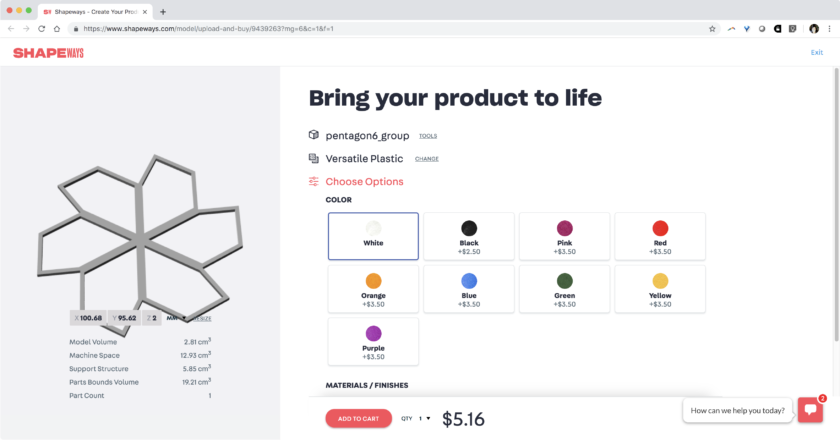
If we had printed the single pentagon six times separately instead of glued together, we would have had to pay the minimum per-part cost for each of those six parts, so this combined unit is much more cost-effective.
Looping multiple copies together with Tinkercad
So let’s say you wanted to print 24 of these pentagons, either with 24 copies of a pentagon, or with 4 copies of a 6-pentagon group. In order to avoid incurring extra per-part charges, we can loop together multiple copies of a model so that it is considered just one part. This makes sense because as one part it it easier and cheaper to handle and process than as lots of different parts.
Prints made with Versatile Plastic are printed on SLS machines that use lasers to fuse thin layers of nylon powder. This means that sets of parts held together with loops are no more expensive to make than non-interlocking parts. The only thing you have to worry about is keeping the parts far enough apart that they don’t get fused together. In the case of Versitile Plastic this means an 0.5mm clearance between pieces:

One of the simplest tools for doing simple design manipulations like duplicating and looping parts is the free in-browser modeling software Tinkercad. First, bring your STL model into Tinkercad by using the “Import” button. Add the Ruler tool so that you can get precise measurements. Then create a stacked pattern with the Control-D tool. To do this, select the model and press Control-D to make a second copy of the model on top of the first one. Then use the black arrow handle above the copy to shift it up far enough to be 0.5mm above the original. After doing this, each time your press Control-D again will create another copy the same distance above the previous one, so it’s really easy to make a tall stack of copies of your model:

To loop the stacks together during the printing process we created a simple loop, using the Soft Box tool in the Featured Shape Generators list, making sure to make the loop wide and tall enough to have 0.5mm clearance on all sides from the object stack. Pro tip: Use the sliders to change the dimensions of the tool instead of the object handles.
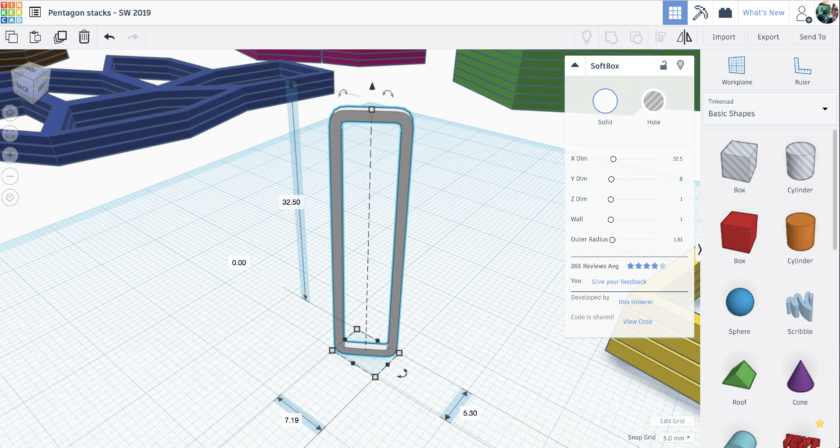
We also made sure that the thickness of the loop is at least 1.0mm (this is the Z dimension in our slider window), to satisfy the Minimum Unsupported Wires thickness requirement for Versitile Plastic:

Bulk pricing for the win!
Our 6-pentagon unit required $5.15 to print, but printing four stacked up and looped costs just $17.83:
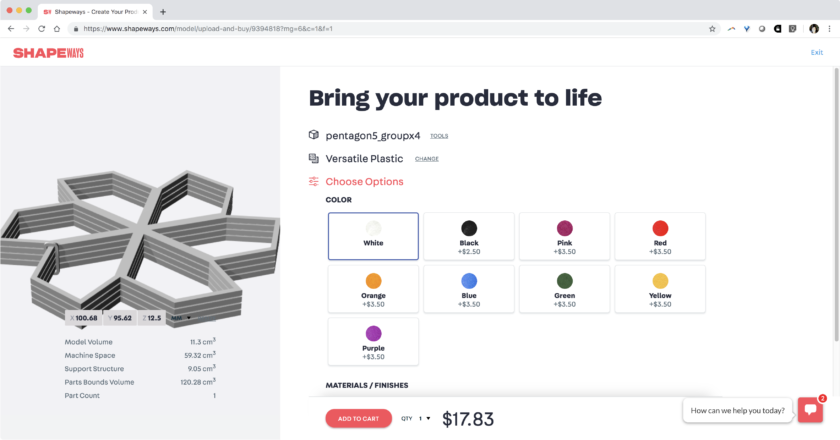
The loop adds about 10 cents to the cost of the print; on the other hand, printing without the loop would have added $3.00 to the cost, because in addition to the per-part minimum there is also a per-part cost of $1.00.
For the individual pieces we can get a huge amount of savings from stacking. Our original pentagon was $5.00 to print because of the per-part minimum, but twenty-four stacked and looped copies costs less than 4 times the individual price, instead of 24 times!
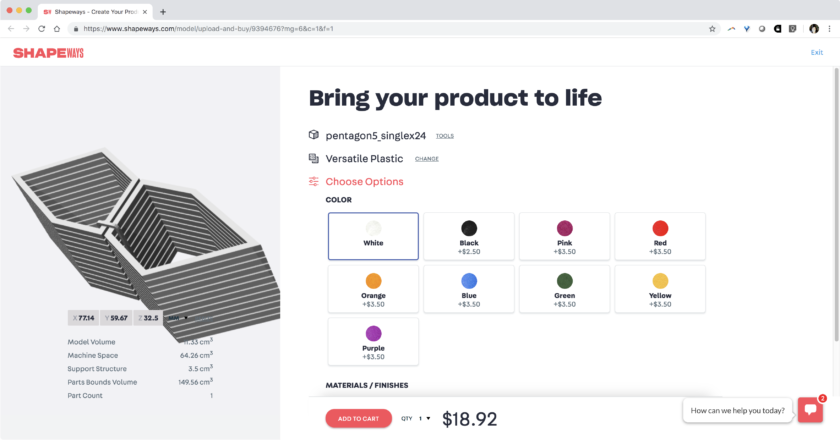
Finished prints
Here’s what the 24 stacked copies look like after they are printed and shipped; a little crazy and unordered after whatever post-processing this little guy went through, but the loop is holding strong!
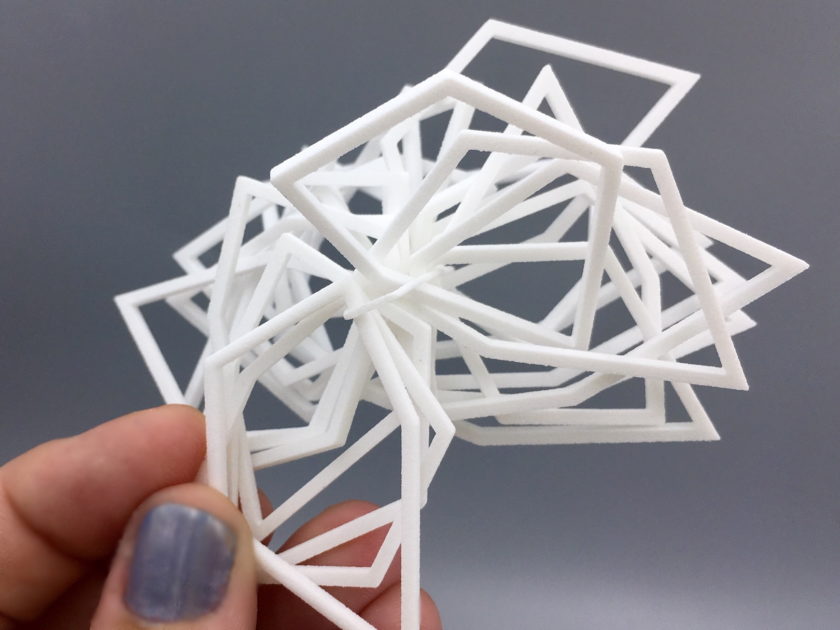
And here’s our stack of four large pieces, with a smaller loop still faithfully holding things together:

The loops are easy to cut or break; our two models exploded into all these pieces when the loops were removed (nothing fused together!):
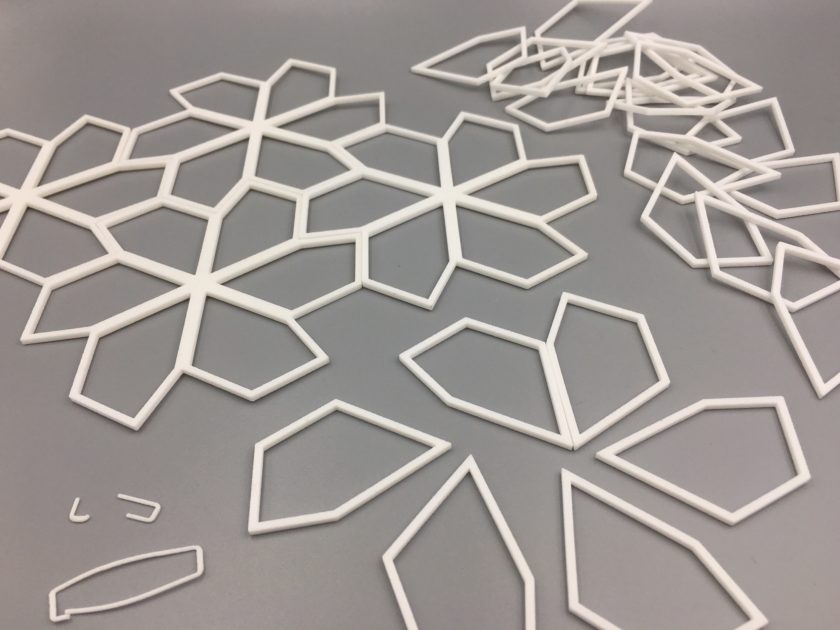
Bulk products in your store
Photos and renders of stacked objects aren’t always the clearest way to show off your product. If you want to use an individual image then you need to make it completely clear what your customers are ordering. I suggest adding a “times” signifier to your image, to make everything obvious even in search results and other views where customers won’t immediately see the model description. The software GraphicConverter (version 9 is free!) is an excellent tool for adding text and other modifications to your images, like this:
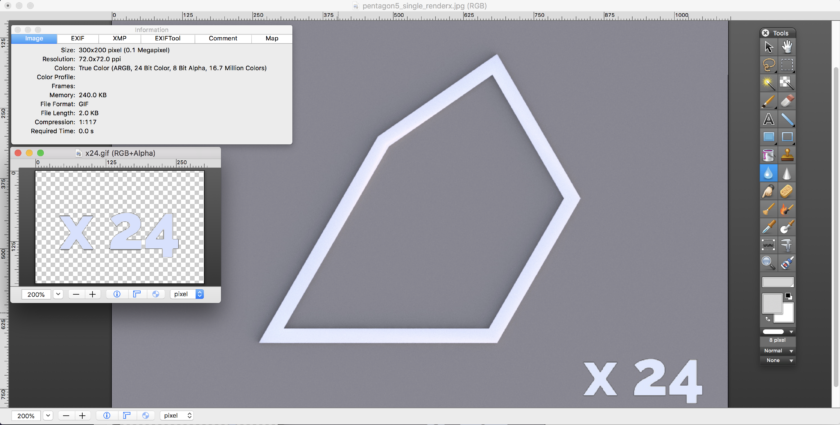
This technique results in a very clear featured image for your product. The Shapeways renders will still show the stacked bulk image, because that is what will be printed for each order.
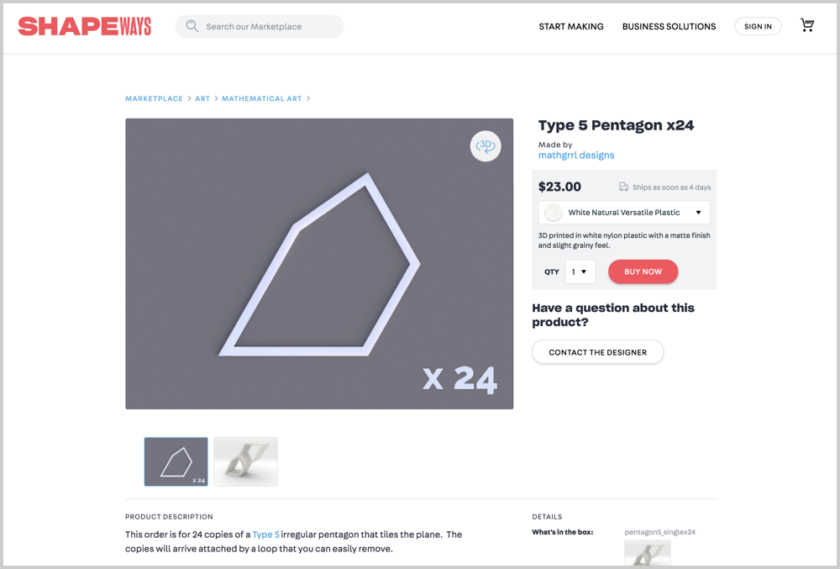
You can read even more about the process of constructing and posting these models in our Hacktastic article Print All The Pentagons. Good luck and happy bulk printing!
——————
As an Amazon Associate we earn from qualifying purchases, so if you’ve got something you need to pick up anyway, going to Amazon through this link will help us keep Hacktastic running. Thanks! :)

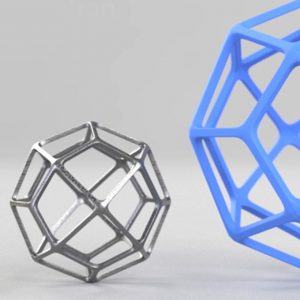
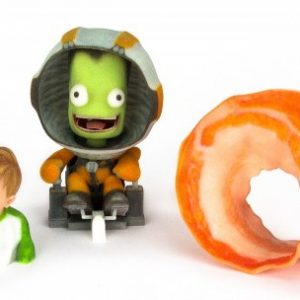
Leave a Reply